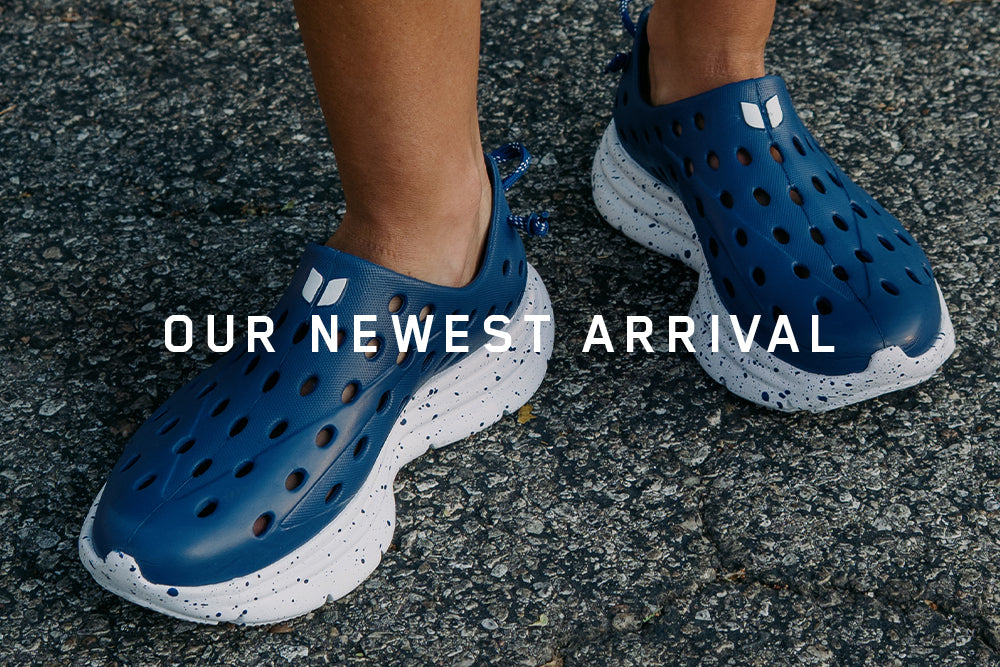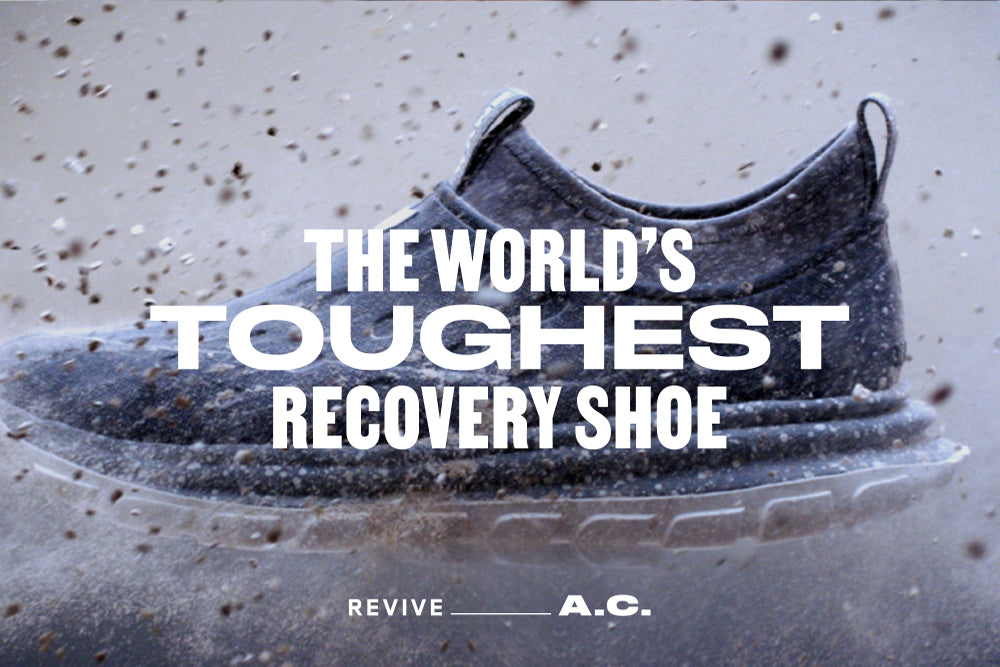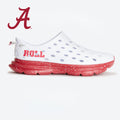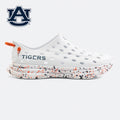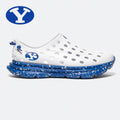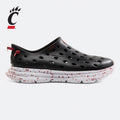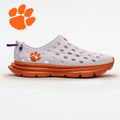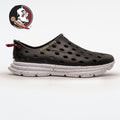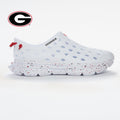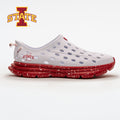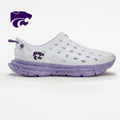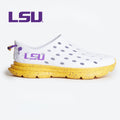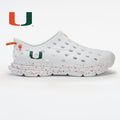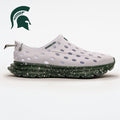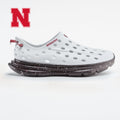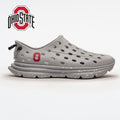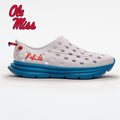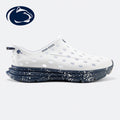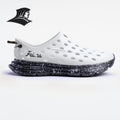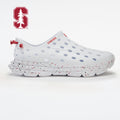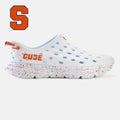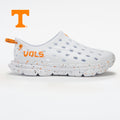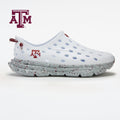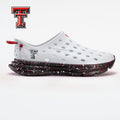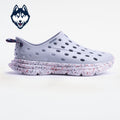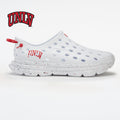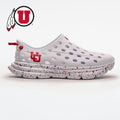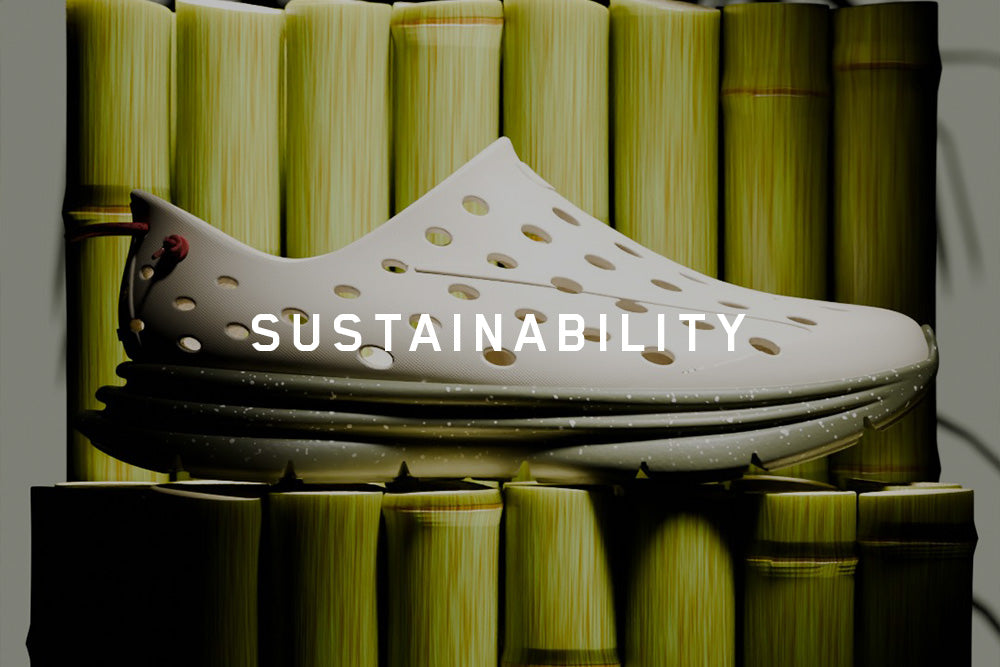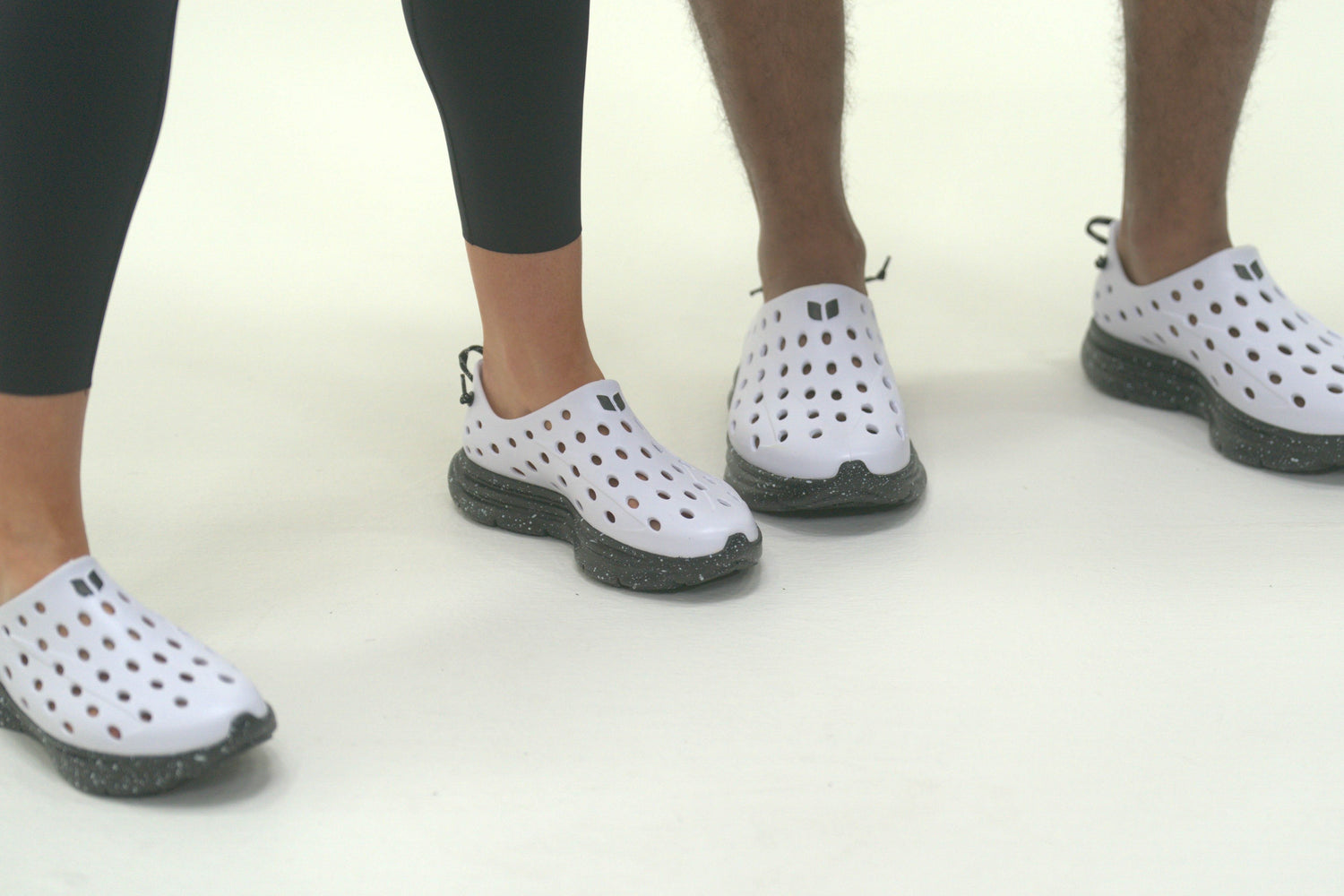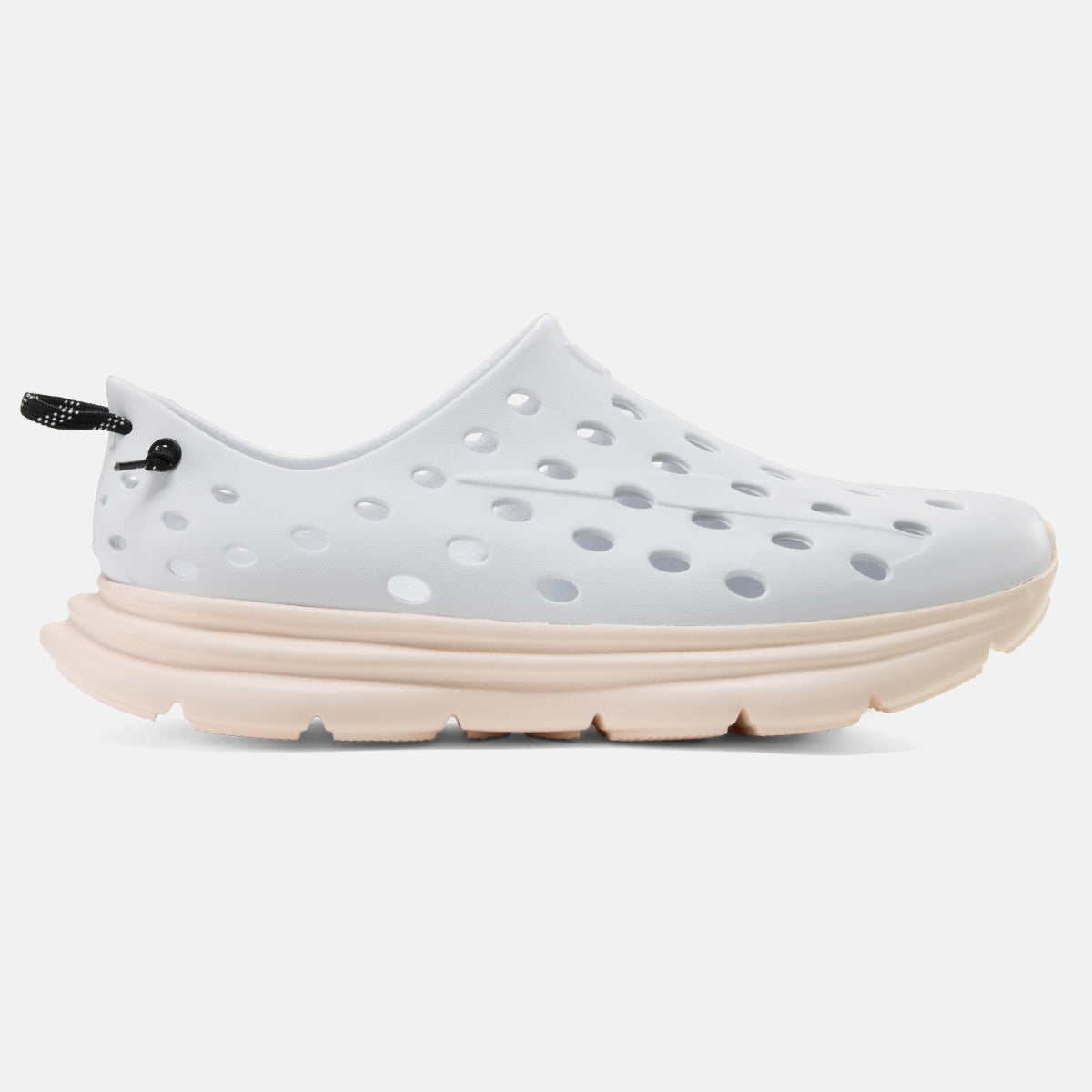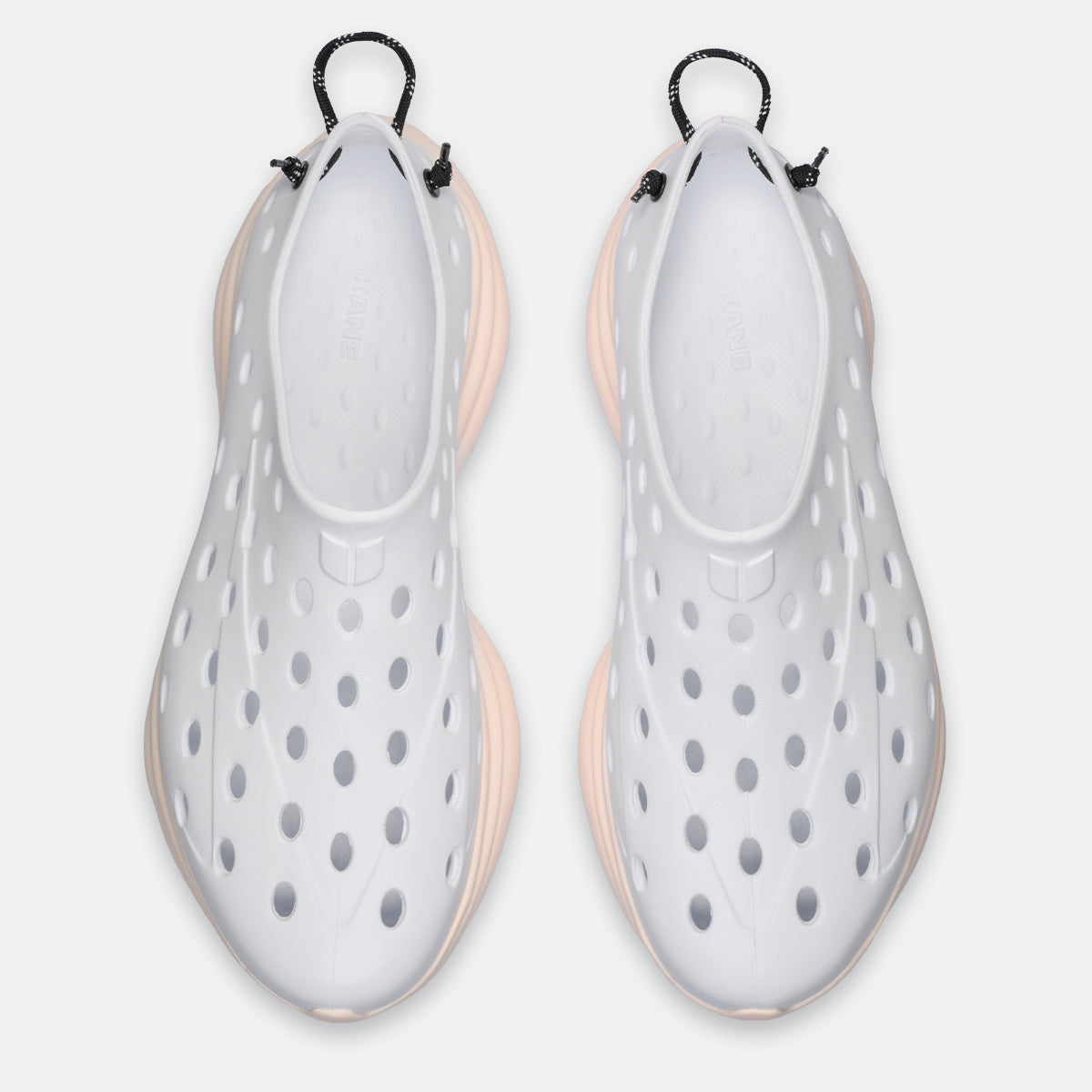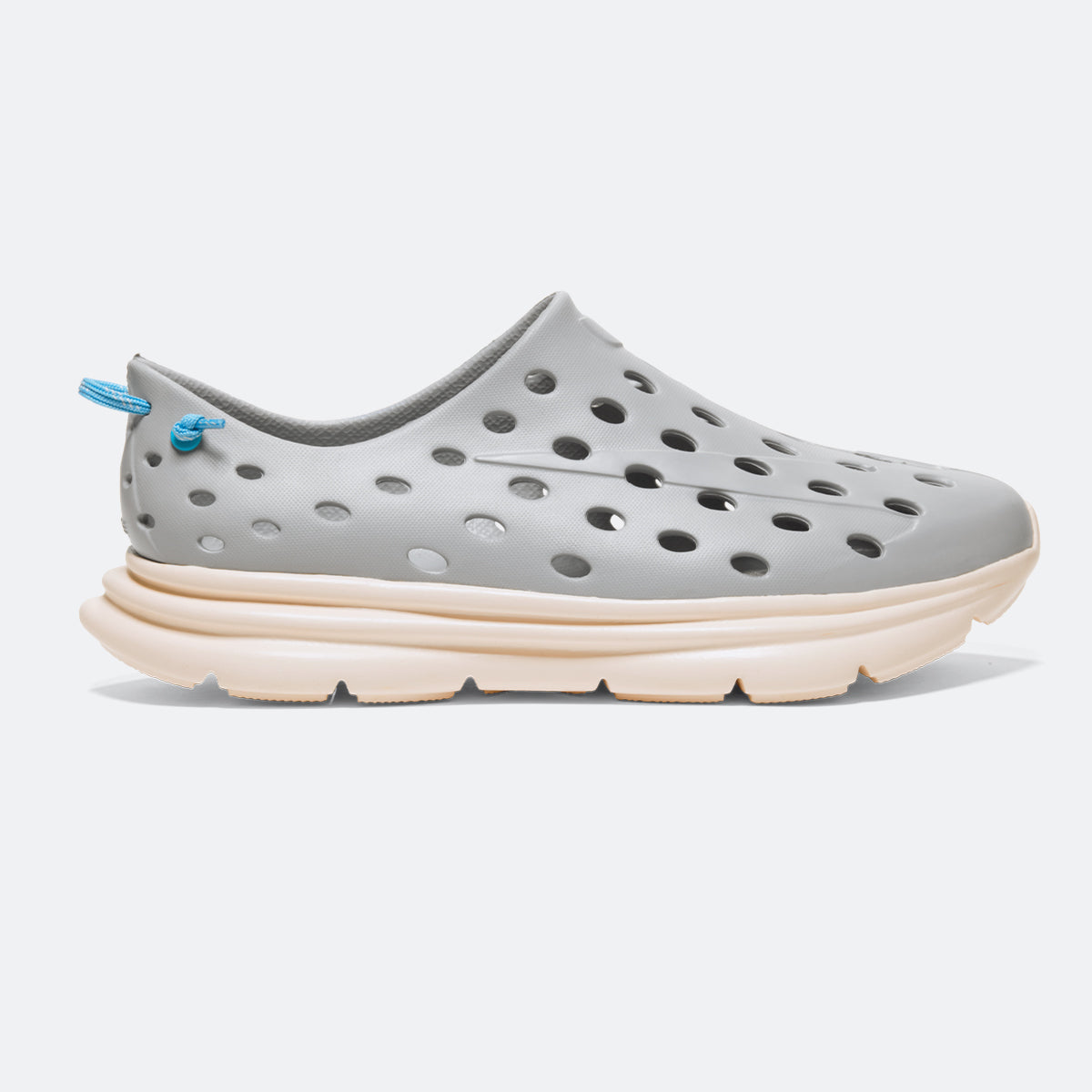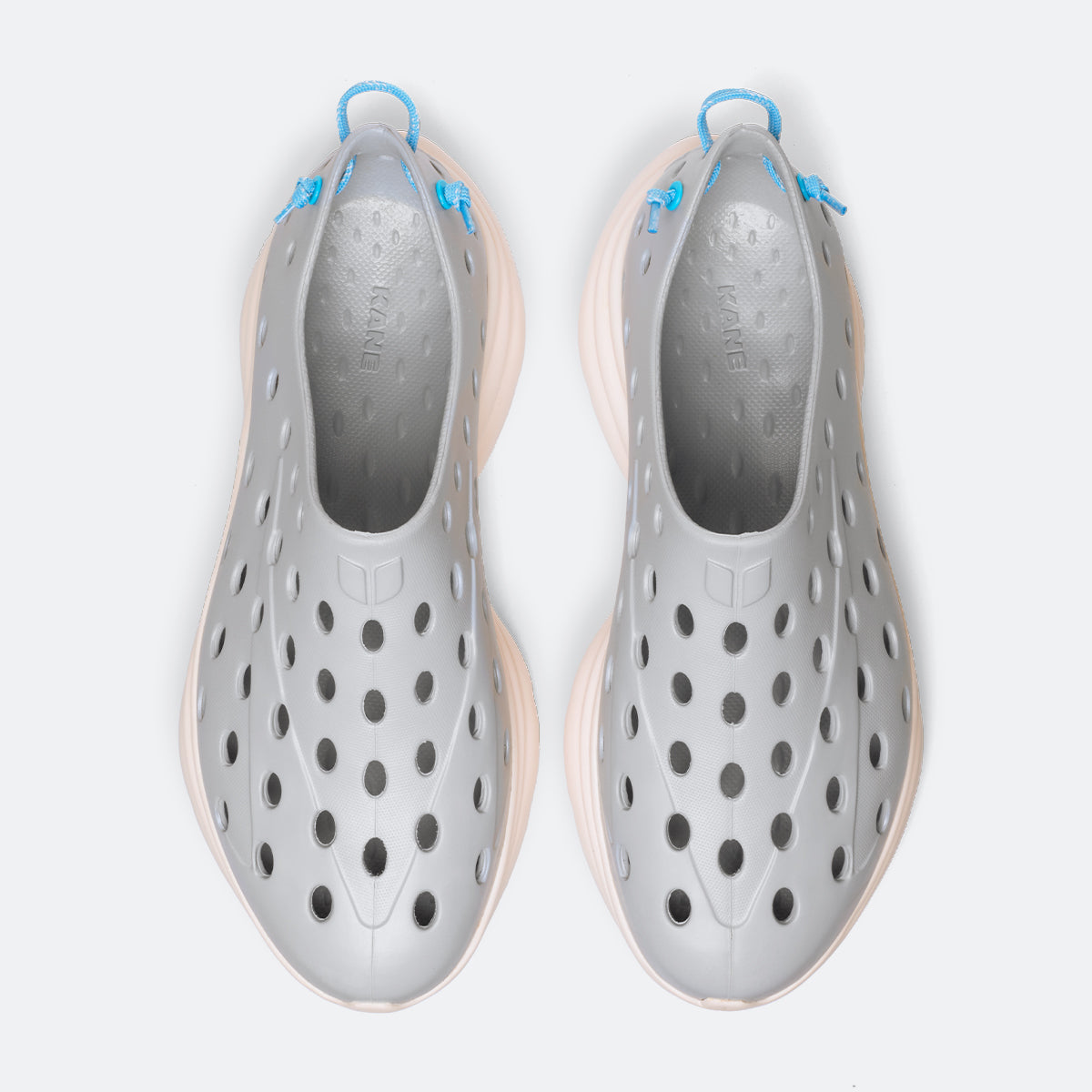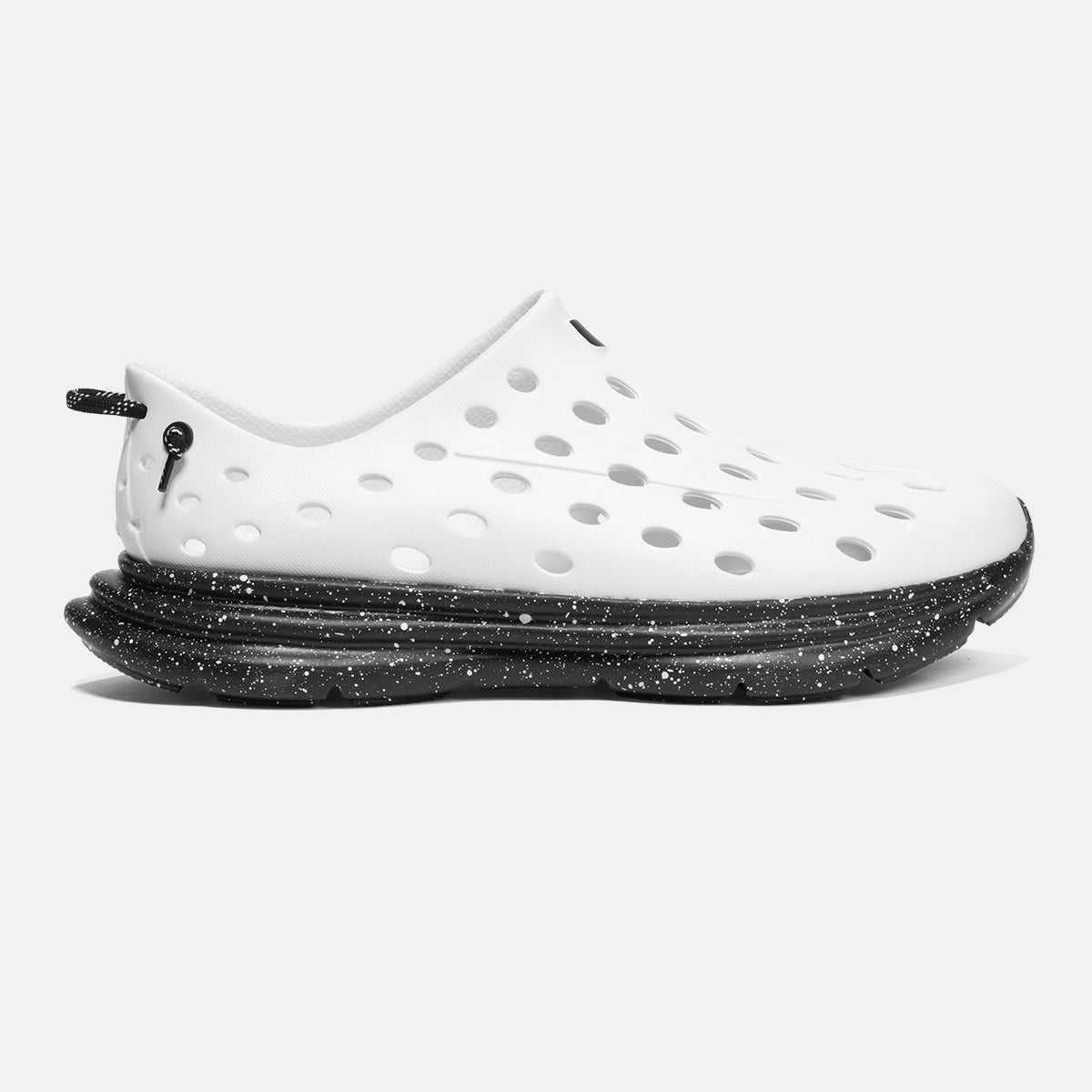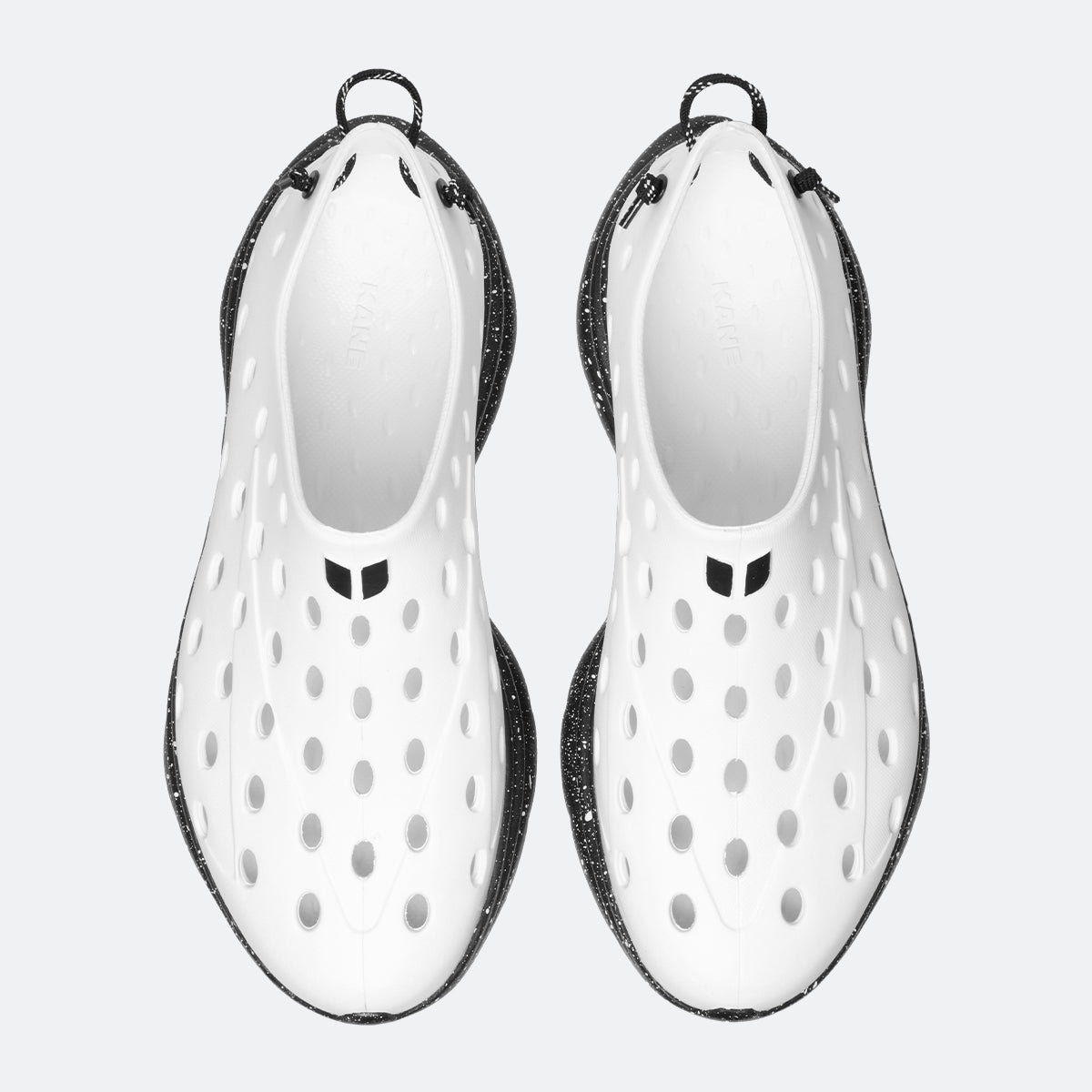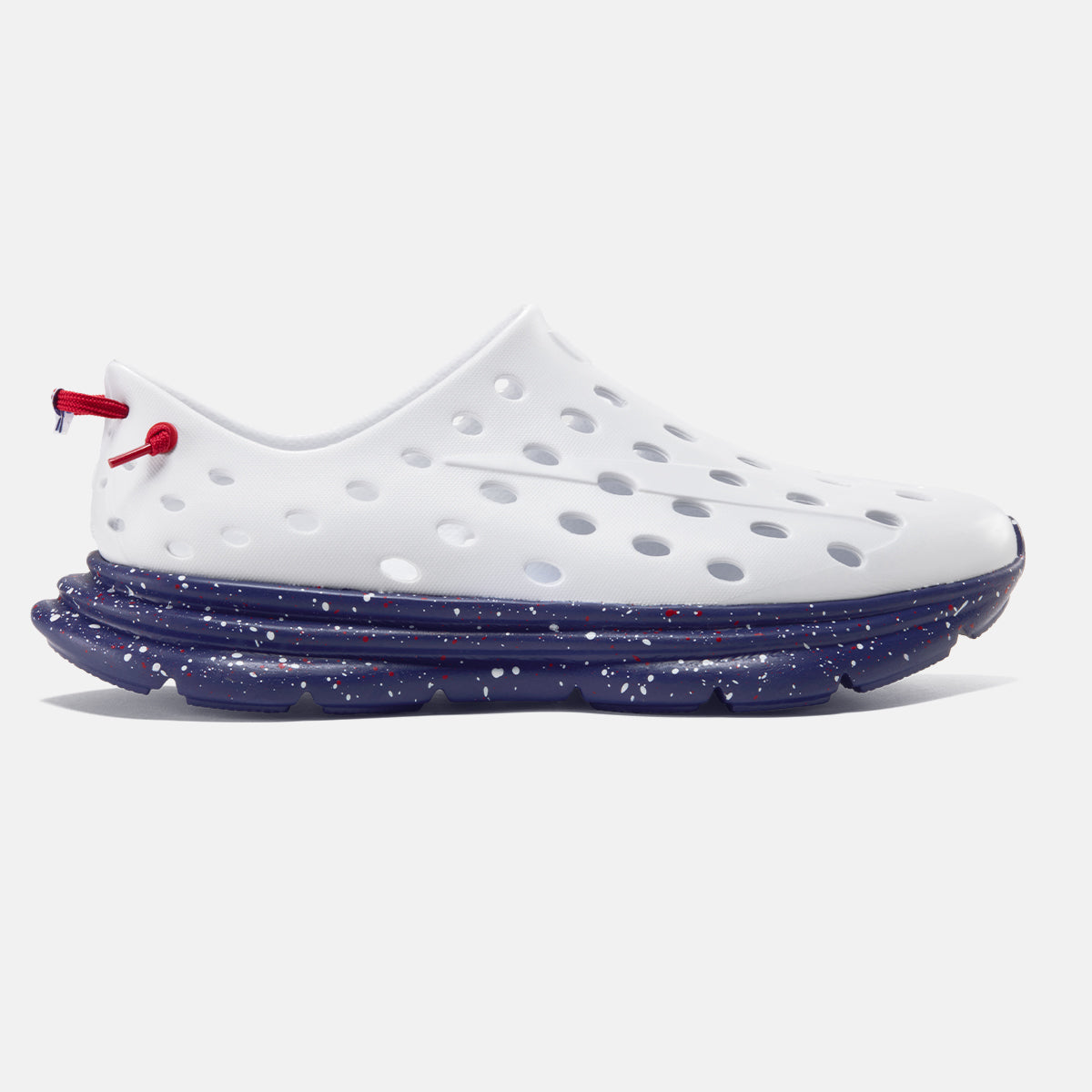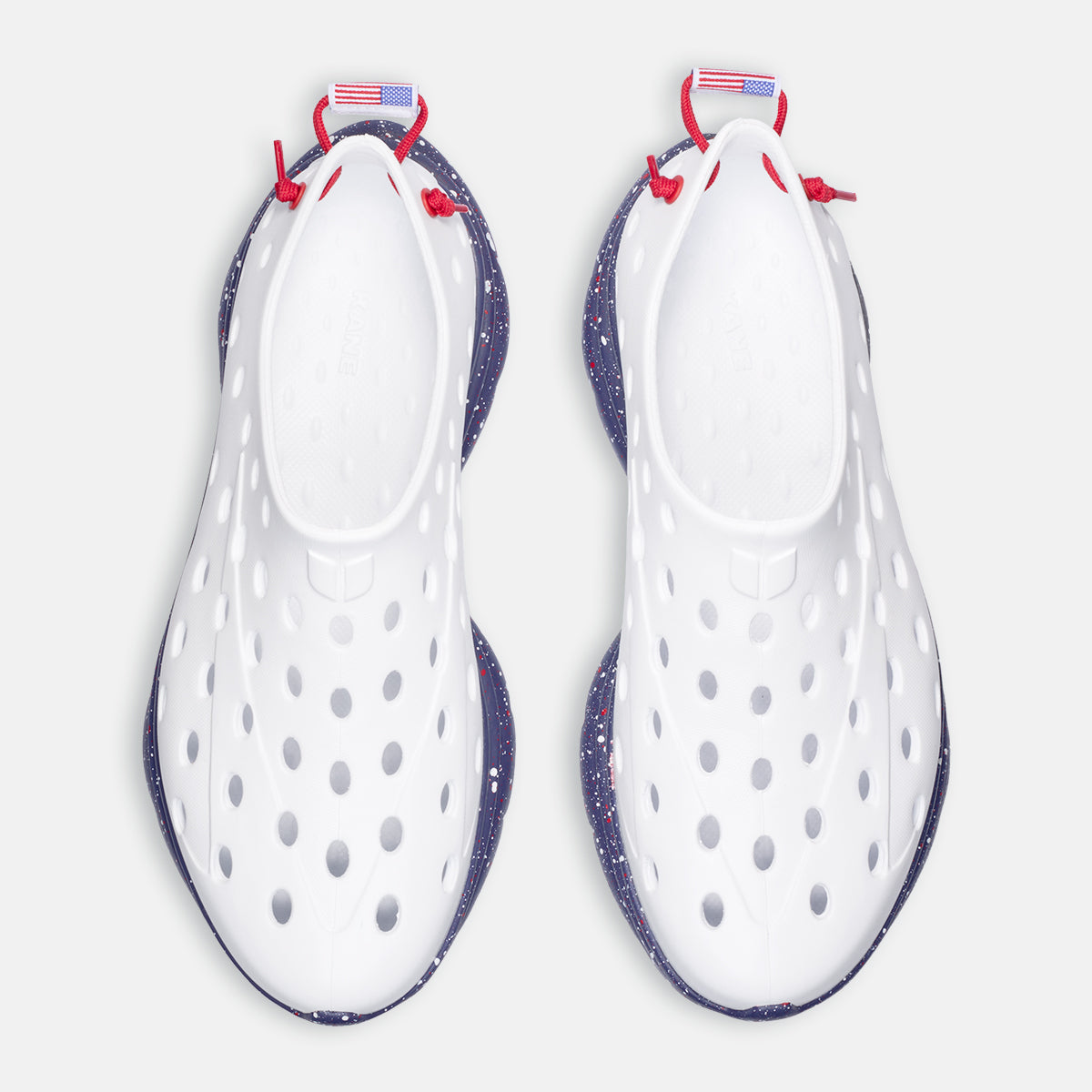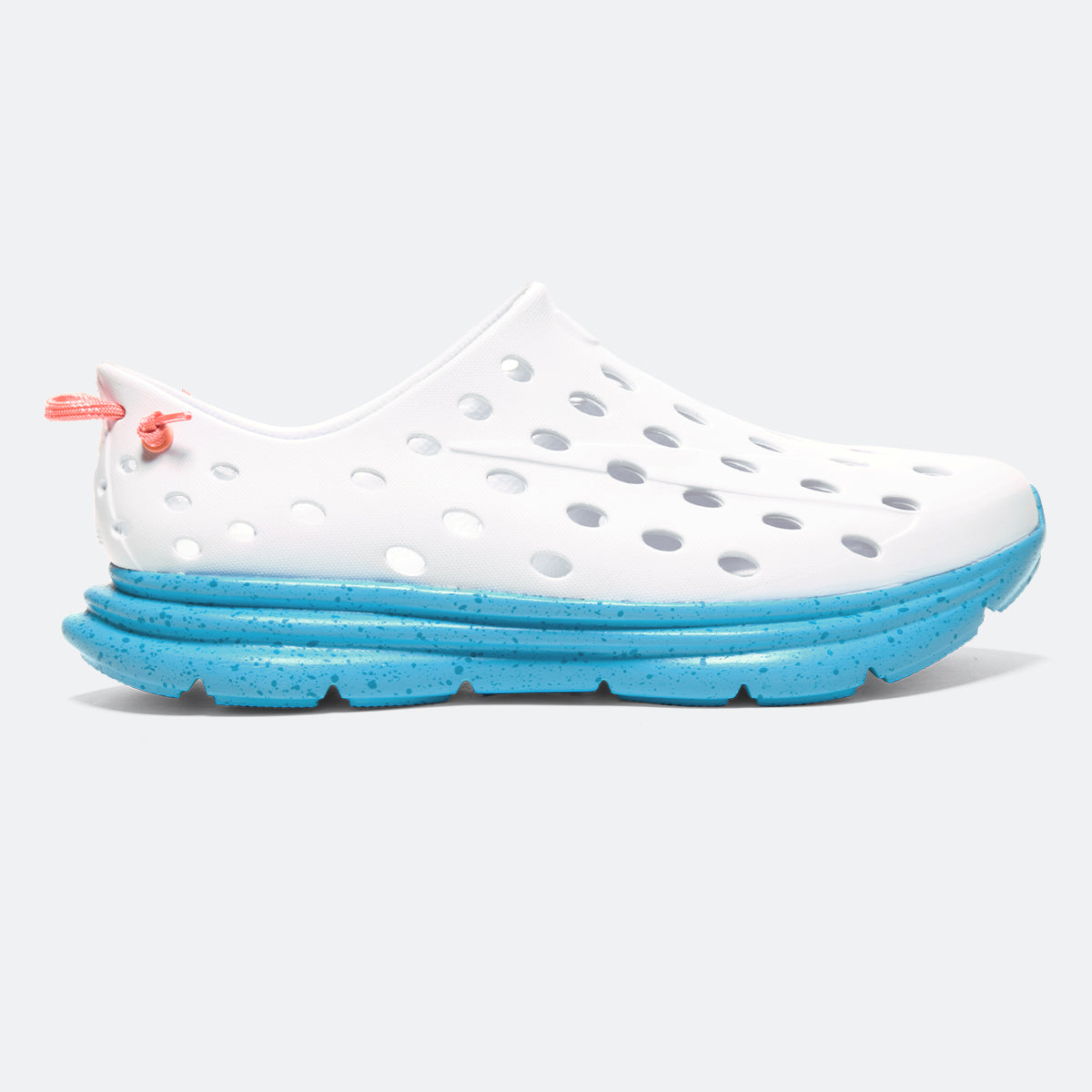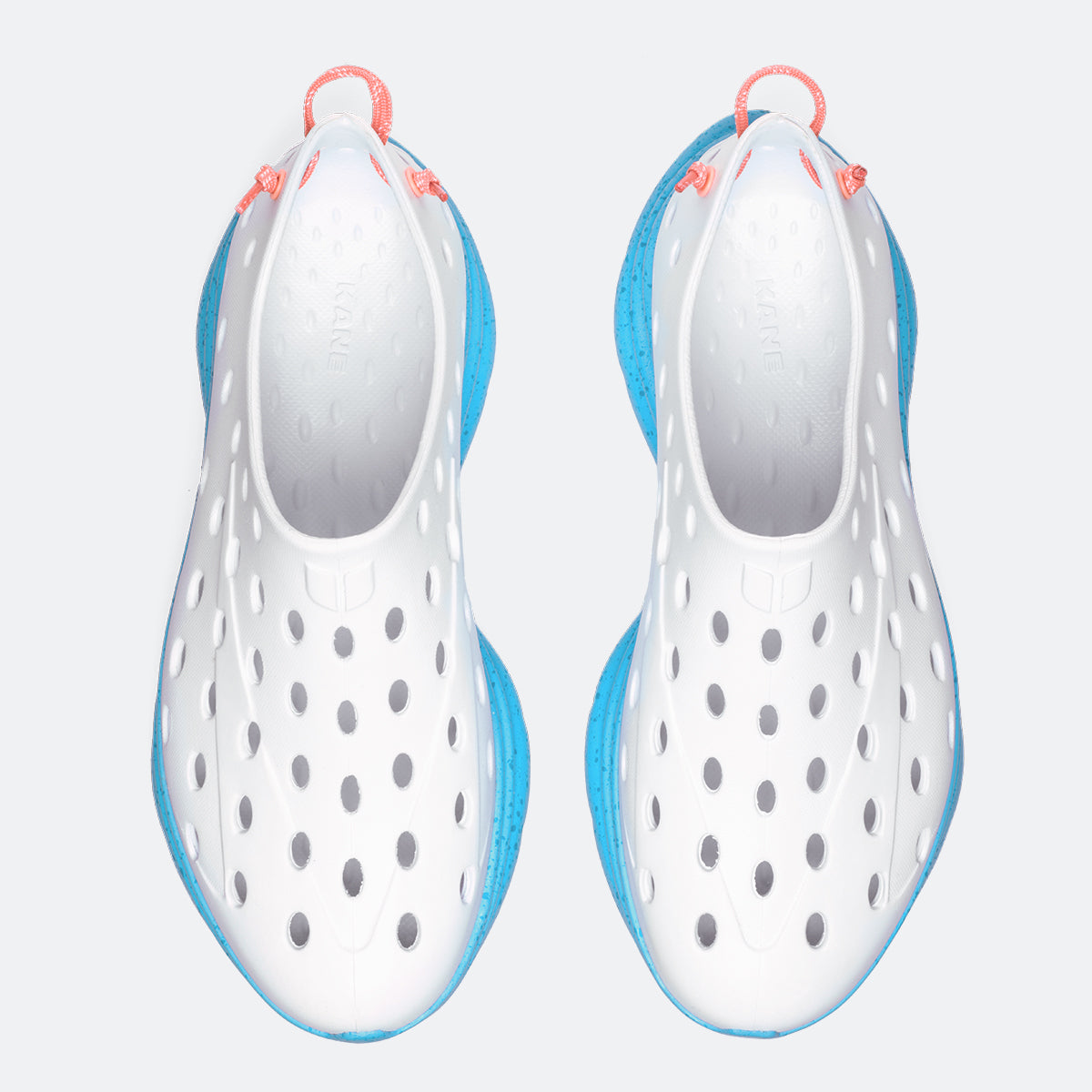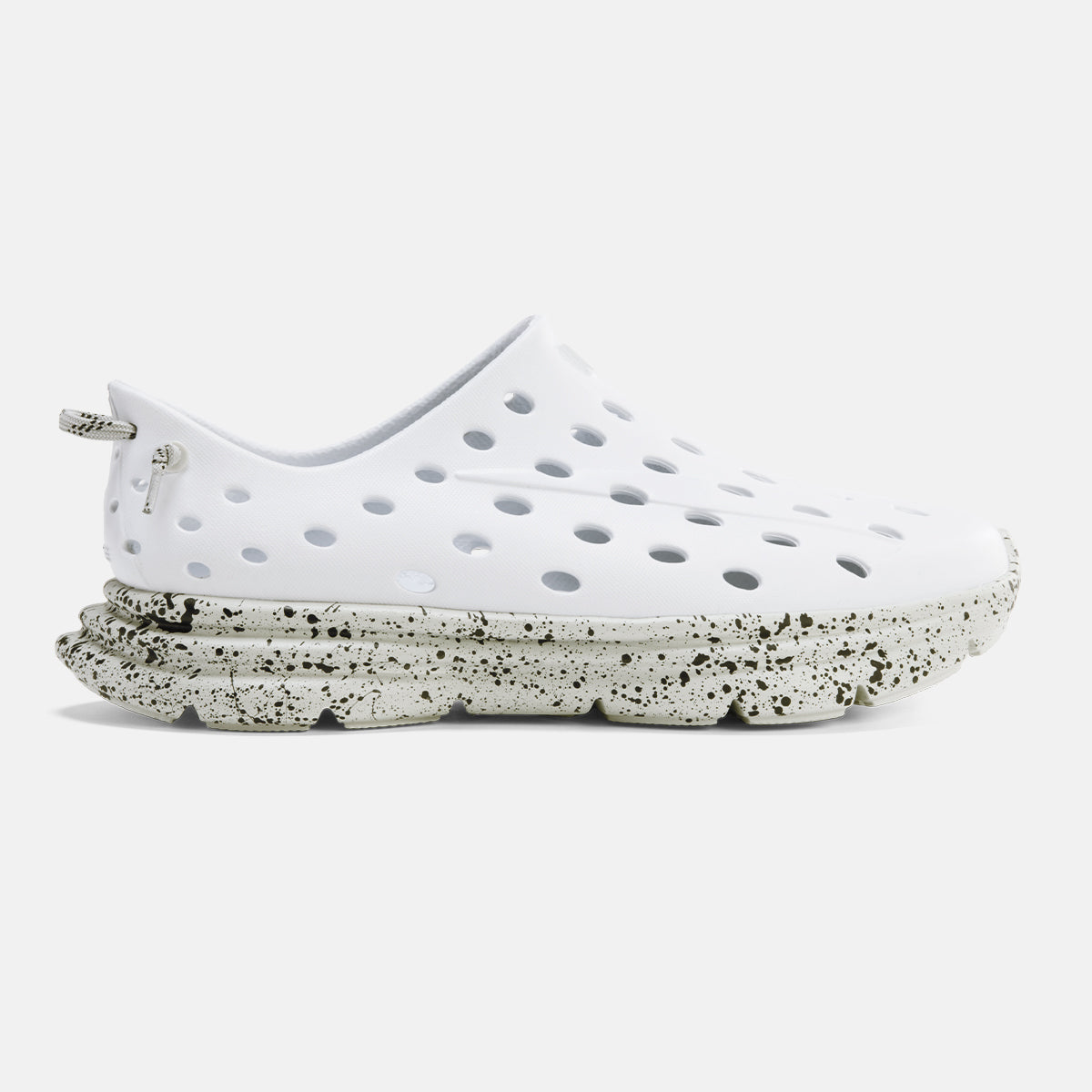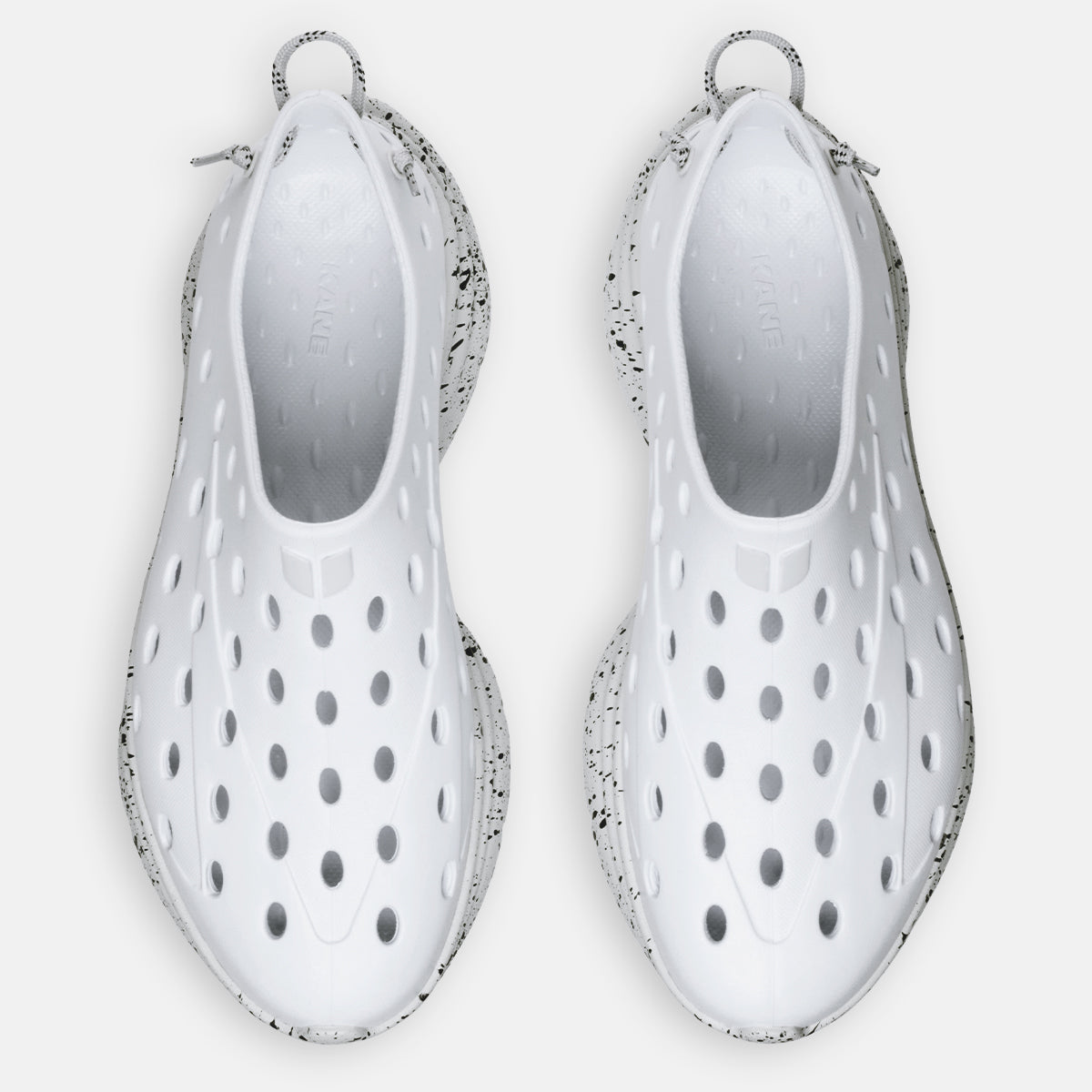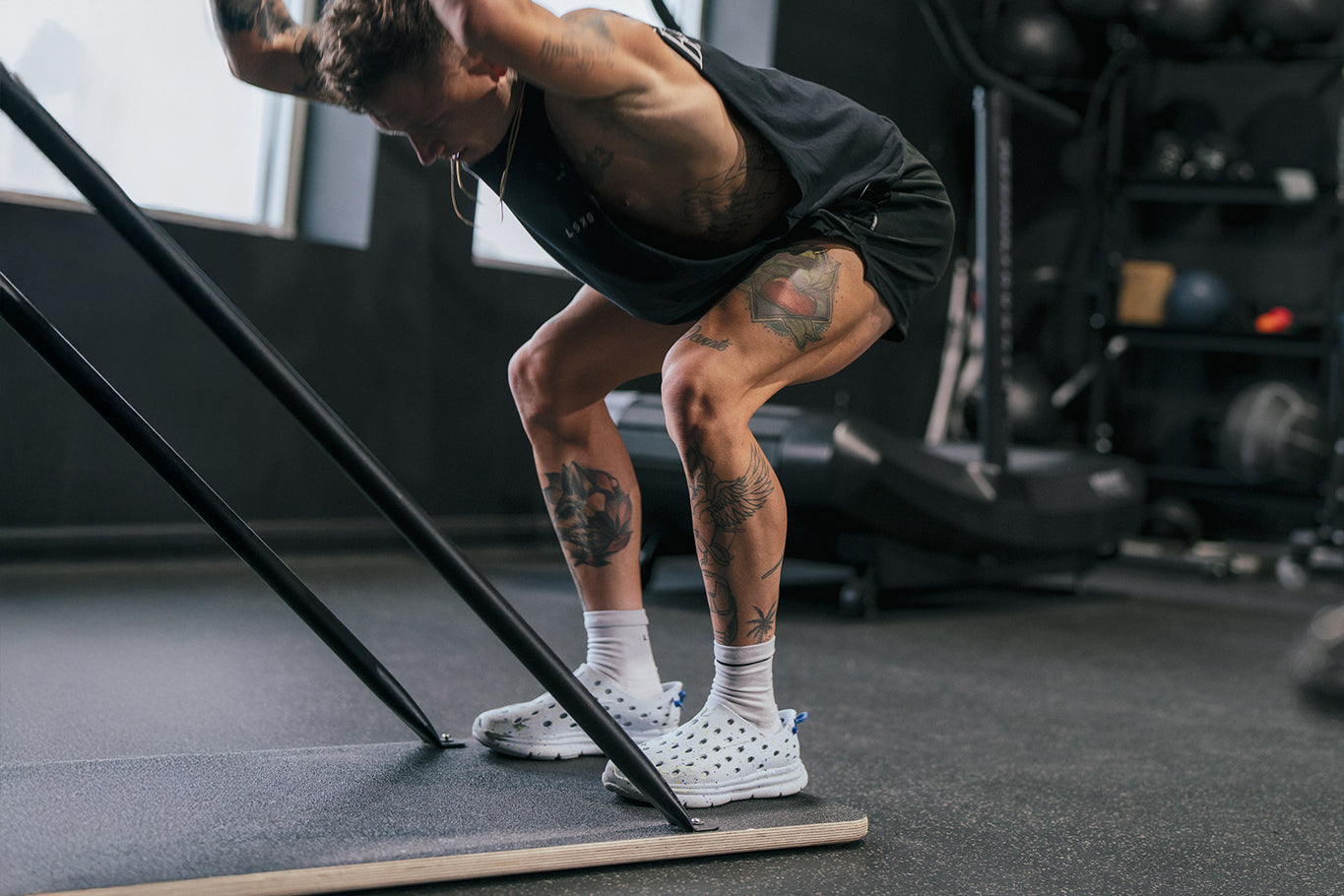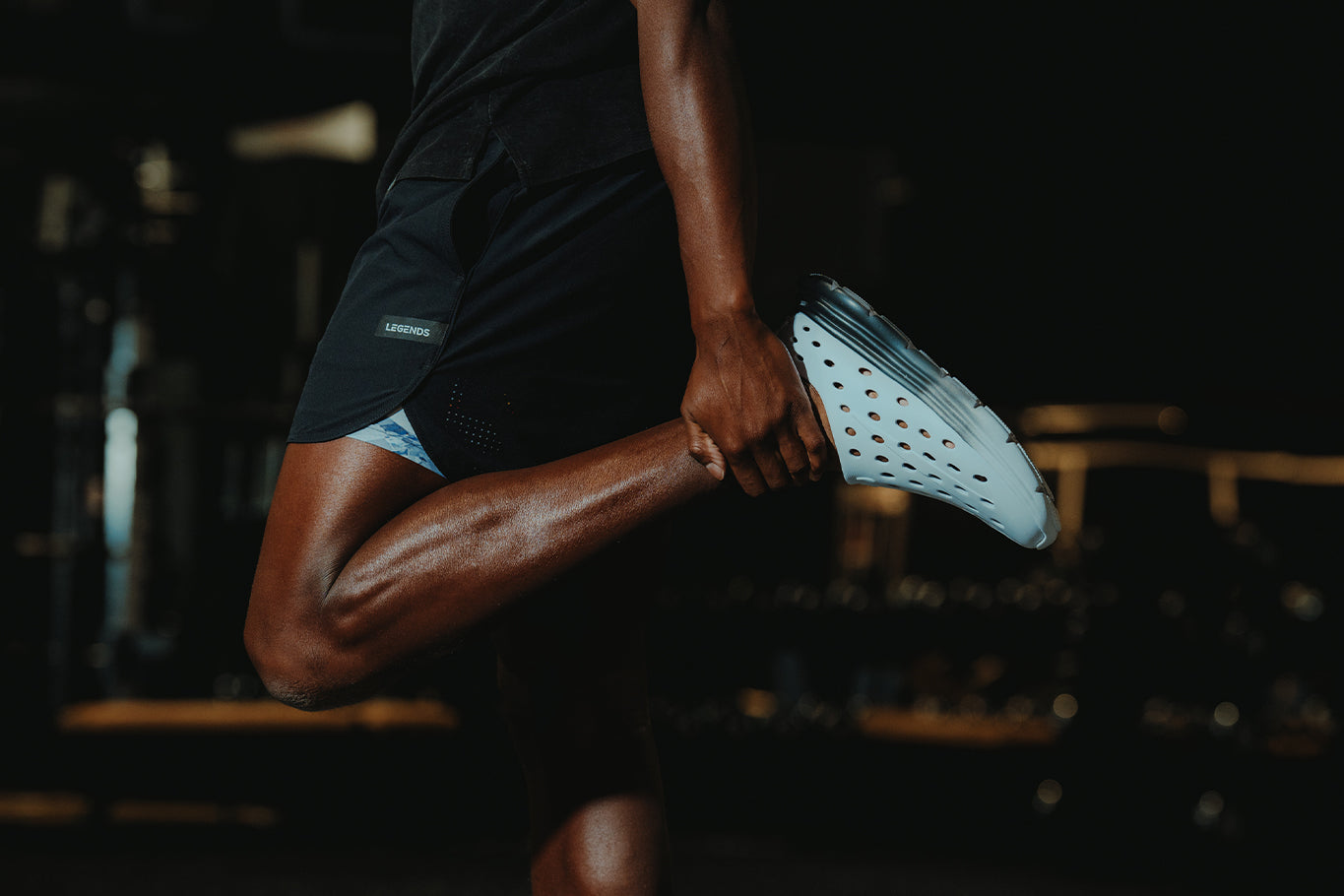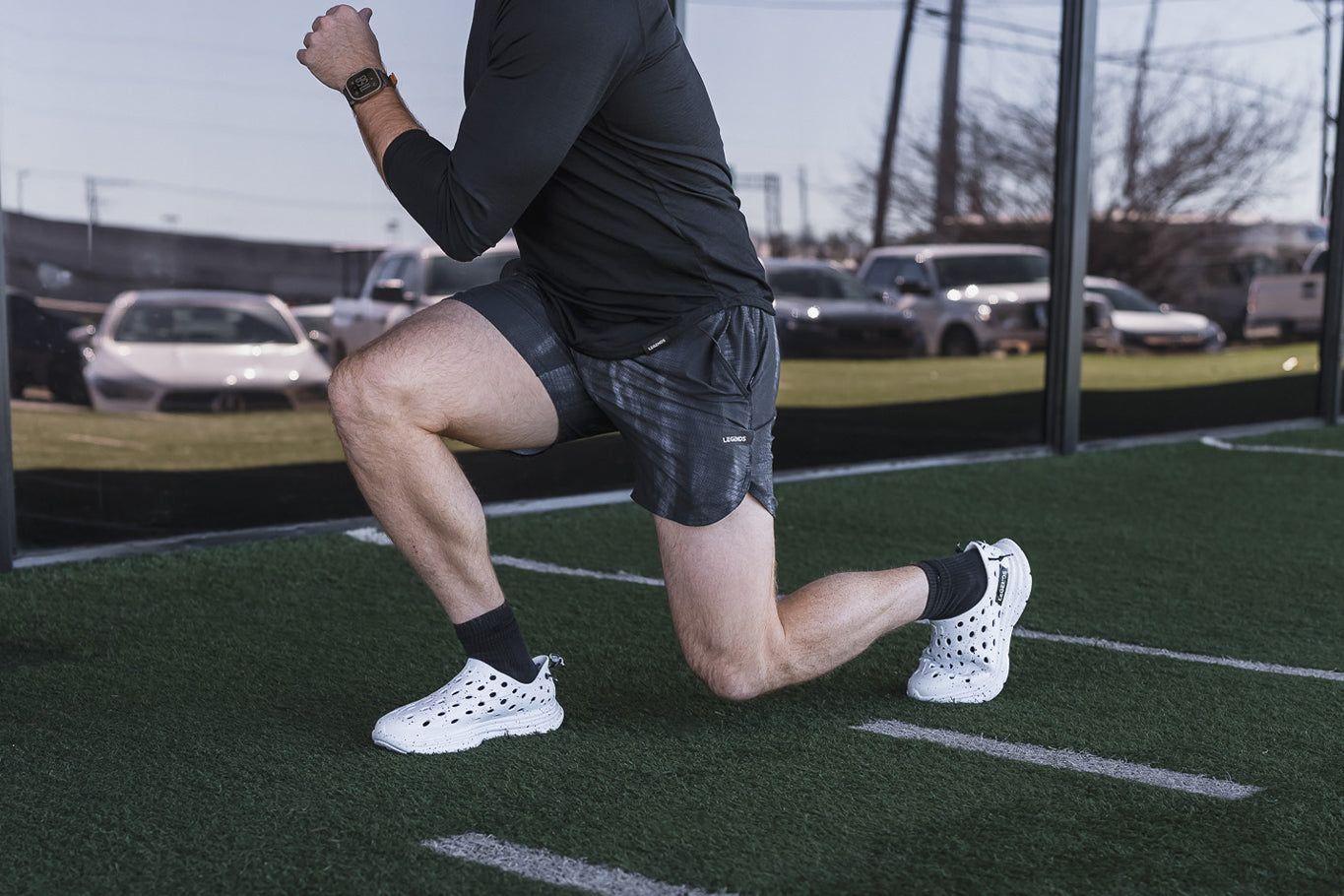How to know if you need wide shoes: A comprehensive guide for comfort and foot health
Finding the perfect shoe fit goes beyond just getting the right length. Foot width plays a crucial role in comfort, performance, and long-term foot health. Yet most people overlook it when shopping for footwear.
Research reveals a shocking truth: between 63% and 72% of people wear shoes that don't match their foot dimensions. A study of 356 women found that 88% wore footwear narrower than their feet. Understanding if you need wide shoes is essential for preventing serious foot problems that could affect your daily life.
Key takeaways
- Research shows 63–72% of people wear shoes that don't match their foot width, causing unnecessary discomfort and health issues.
- Wearing too-narrow shoes has been linked to a higher risk of bunions, corns, and foot pain, and can negatively affect overall body alignment.
- Nine key warning signs indicate you need wide shoes, from persistent foot pain to visible pressure marks after removing footwear.
Why does shoe width matter for your foot health?
Wearing shoes that don't provide adequate foot width has been linked to an increased risk of developing foot pain, corns, calluses, and deformities like bunions. Research shows that narrow shoes are "strongly associated" with these painful conditions, particularly in older adults, where standard shoe width charts often fail to account for age-related foot changes.
For athletes, poor shoe width can affect stability during lateral movements and reduce performance efficiency. When feet feel cramped during physical activity, the body naturally adjusts in ways that can cause knee, hip, and back problems. Tight shoes restrict circulation and can hinder the body's natural recovery processes.
Understanding foot width: The basics
Foot width refers to the measurement across the widest part of your foot, typically at the ball area. What constitutes wide feet isn't just about having "big feet." A size 5 foot measuring 3.5 inches across the forefoot width is considered wide, but a size 8 foot with the same width falls into the medium width category.
What are foot-width types?
- Narrow feet typically measure about one-quarter inch slimmer than average width (A or 2A for women, B for men)
- Medium width represents the standard baseline (B for women, D for men)
- Wide feet measure approximately one-quarter inch wider than medium width (D for women, E for men)
- Extra wide options (EE or 2E) provide maximum width, typically half an inch wider than standard width
9 signs you need wide shoes
Recognizing when you need wide shoes involves paying attention to your body's signals and understanding what a proper fit should feel like. If these nine signs are familiar, consider wide shoes or seeing a podiatrist or other foot specialist for advice.
Your shoes are sending pain signals
Your body sends clear signals when your shoes don't fit properly. Here are the most common signs to watch for:
1. Foot pain and pressure points
Persistent foot pain and pressure represent the most obvious sign that your current shoe width isn't working. This pain typically concentrates around the sides of your feet, the big toe area, or the ball of your foot.
2. Visible marks after removing shoes
After removing too-narrow shoes, your feet may show visible pressure marks and indentations. Look for redness, lines, or depressions along the sides of your feet, particularly around the pinky toe and outer edge.
3. Toe spillover and bulging
Toe spillover and bulging occur when your feet literally overflow the boundaries of your shoes. You might notice your toes extending beyond the toe box edges or the shoe material stretching unnaturally at the sides.
4. Numbness or tingling sensations
Numbness or tingling in your toes often results from compressed nerves due to insufficient width. When shoes squeeze too tightly, they restrict blood flow and put pressure on nerve pathways.
Your shoes are creating lasting problems
These more serious symptoms indicate your footwear may be harming your foot health, whether you have wide or narrow feet:
5. Bunions and corns development
Many bunions and corns form because people wear standard shoes when they need wide shoe sizes. Narrow shoes with tight toe boxes squeeze your toes out of their natural alignment, causing friction and painful pressure points.
6. Recurring blisters and calluses
Blisters and calluses in specific patterns can indicate width problems. Pay attention to blisters between toes or calluses along the outer edge of your feet.
7. Constantly buying larger sizes
Frequent sizing adjustments often mask width issues. If you consistently buy shoes in larger lengths to accommodate your width, you can create new problems like heel slippage and instability.
Your shoes are affecting your daily comfort
Width problems don't just cause pain. They impact how you move and feel throughout the day:
8. Instability during movement
Instability during movement becomes particularly noticeable in athletic shoes when the width is inadequate. During direction changes, your foot may feel like it's rolling over the edges of the shoe.
9. Excessive end-of-day fatigue
End-of-day foot fatigue that seems excessive often indicates that your feet are working harder than necessary in ill-fitting shoes. You'll likely notice reduced fatigue when you wear wide shoes that properly accommodate your foot shape.
Why do some people need wide shoes over time?
Flat feet often correlate with width. When arches collapse or are naturally low, feet tend to spread wider during weight-bearing activities. People with flat feet frequently find that standard-width shoes feel restrictive.
Feet with high or "normal" arches often have less surface area in contact with the ground, and these foot types typically correspond to average foot width, making medium-width shoes a suitable choice for many people. In contrast, flat feet tend to spread out more when bearing weight, which increases contact with the ground and can make the foot wider.
As a result, individuals with flat feet frequently need shoes that are wider than average to prevent compression and discomfort. However, arch height and foot width can vary independently, so professional measurement is the best way to determine whether medium-width shoes or a wider fit is most appropriate for you.
Age-related changes also affect foot width. As ligaments lose elasticity, what started as medium-width feet might become wide feet over time. Pregnancy can also temporarily or permanently change the width.
Choosing the right wide shoes for your lifestyle
Different activities require different approaches to wide-width shoes. Athletic shoes in wide widths need to balance extra space with performance features. Look for wider athletic shoes that maintain stability while providing adequate toe box space.
For everyday wear, shoe styles in wide widths offer professional, casual, and formal options. Platform sandals with wide options provide style and comfort, while orthopedic footwear offers therapeutic benefits beyond basic comfort.
Recovery footwear and the importance of proper width
Beyond choosing the right wide shoes for daily wear, those with width concerns should also consider specialized recovery footwear for optimal foot health. When feet swell after exercise or long days, they need even more space than usual to recover.
Discover Kane Recovery Shoes
Kane's recovery shoes provide excellent support, comfort, and durability for those in need of top-notch recuperative footwear. Featuring an adjustable hook-and-loop single-strap synthetic upper, plush TPR footbed, and durable injected EVA outsole, these kicks come with all the right features to assist you during your rehabilitation journey.
Aside from providing quality products, they are also committed to sustainability. They have become a Certified B Corporation while dedicating 1% of their overall profits to environmental charities.
"The Kane Revive has RestoreFoam, which means it's a proprietary blend of EVA, which is going to not only provide a plush feeling to the foot, but it's also going to provide a lot of support and a lot of structure. We're lifted up in the heel about nine millimeters to create extra heel shock absorption while also creating a nice, subtle arch support."
— Dr. Daniel Geller, podiatrist and foot and ankle surgeon
When and how to wear Kane Revive
The best moment to wear most recovery shoes is directly after a strenuous activity, such as running or exercising. This helps minimize inflammation and launch the healing process. To guarantee maximum comfort and effective recuperation, make sure that you are wearing your footwear correctly by tying up laces securely for a snug fit around your feet.
How to accurately measure your foot width
Getting an accurate foot measurement for width requires measuring at the end of the day when your feet have naturally expanded. Place paper on a hard surface, trace around your foot, and mark the widest points at the base of your big toe and outer edge near your pinky toe. Measure the distance between these points to get your width measurement.
Repeat for both feet, always using measurements from your larger foot. Consider wearing the type of socks you plan to wear with your shoes during measurement.
When to seek a professional fit or a podiatrist's advice
While home measurement and self-assessment can help you identify if you need wider shoes, seeking advice from a podiatrist or foot specialist is strongly recommended if you experience persistent foot discomfort, deformities, or difficulty finding a proper fit. A professional can evaluate your foot shape, arch type, and unique biomechanical needs, and may suggest custom orthotics or medical-grade footwear for optimal comfort and health.
Frequently asked questions
How do you know if you need to get wide shoes?
The clearest indicators that you need wide shoes include persistent foot pain along the sides of your feet, visible pressure marks after removing shoes, toes that appear to spill over shoe edges, and numbness or tingling in your feet. If you consistently size up in length to get comfortable width or if your feet feel constantly cramped in standard-width shoes, wide options will likely provide significant improvement. Taking accurate foot measurements and comparing them to standard shoe width charts provides definitive confirmation.
How do I know how wide my shoes need to be?
Determining your ideal shoe width starts with measuring the widest part of your foot, typically across the ball area. Compare this width measurement to sizing charts from shoe brands you're considering, as measurements can vary between manufacturers. Consider factors like swelling patterns, sock thickness, and whether you use custom orthotics. Professional fitting services can provide personalized guidance, especially if you fall between width categories.
Do wide shoes really make a difference?
Research consistently shows that properly fitting wide shoes significantly impact foot health and comfort. Studies demonstrate that wearing shoes with appropriate foot width reduces the risk of developing bunions, corns, calluses, and other foot deformities. For athletes, proper shoe width improves stability and performance while reducing injury risk. Wide-width shoes also improve circulation, reduce foot pain, and decrease end-of-day fatigue.
No content on this site should ever be used as a substitute for direct medical advice from your doctor or other qualified clinicians.


